Rain too often gets a bad rap. Sure, it’s been known to ruin a few picnics and weddings; maybe it messed up your freshly washed car; baseball games have been postponed because of it. Of course, there is a legitimately destructive side sometimes associated with rain that can’t be overlooked. I guess everybody can find a reason or two to hate the rain. But aside from appreciating rain due to the simple fact that we need it, I think we should enjoy the rain for the same reason children do: it’s fun. And for photographers, rainfall represents an opportunity to let your creativity run wild.
Rain itself, however, no matter how photographer-friendly, isn’t camera-friendly and could do potentially irreparable damage to your equipment if you don’t take proper precautions.
So, it seems that a discussion on rain photography should not only consist of ideas and techniques, but also how to keep your gear dry and how to use rain creatively as the subject of your photography.
How to Protect Your Camera and Gear in the Rain
- Carry an umbrella. I know, having to hold something other than your camera is probably going to be a hassle, but carrying an umbrella is just an obvious first step. Granted, it’s not going to do you any good in strong winds, and you’re putting yourself at risk if there’s any lightning present; but it’s always better to have an umbrella around in a pinch than to not have it.
- Carry a raincoat. Not necessarily for yourself — nobody cares if the photographer gets wet. I mean a raincoat made specifically for cameras. These are available from a number of manufacturers in a variety of shapes and sizes, capable of covering not just the lens and camera but an attached flash as well. You can find a decent one for not a lot of money. If you’re more of the DIY type, you can use a plastic bag — preferably a clear one.
- Look for shelter. Depending on where you are, you might be able to locate a store awning to stand under while you shoot; parking garages also make great shelter; or, if you’re at home you can use your porch. Basically, an overhang of any kind will be or service.
- Stay in your car. Shooting from inside your car will sometimes be your only course of action; other times, it will likely be your preferred course of action. Park yourself in a good location, roll down a window, and click away. You might want to opt for a longer focal length lens when you’re shooting from your car.
What to Photograph While it’s Raining
One reason rain makes for an interesting subject is because it is such a transformative phenomenon. It can render familiar landscapes unrecognizable; it brings out a wide range of emotions from the people caught in it — from delighted kids to disgruntled commuters. There is nothing that goes untouched — or unaltered to some extent — by rainfall. Accordingly, your photographic possibilities are endless.
- Reflections in puddles of water.
- Candids of people or animals playing in the rain or trying to protect themselves from it.
- Plant life adorned with beads of water.
- Landscapes transformed by rain.
- The gamut of emotions displayed on people’s faces in reaction to the rain.
- Water flowing from roofs, pipes, drains.
- People working in the rain.
- The rain itself.
How to Capture Rain
Rain can be surprisingly tricky to capture. Here’s how you can avoid dull gray rain photos:
- Shutter speed. Shutter speed will be the setting you want to most concern yourself with when capturing rain. Stating the obvious, rain is a moving subject; but what isn’t always so obvious is that rain is moving faster than we think. Decide how you want to portray the motion of the rain and set your shutter speed accordingly. If you want to show motion blur, use a slower speed; if you want to “freeze” the drops, you will need a fast shutter speed.
- Aperture. Including the environment in which you are capturing the rainfall typically helps to enhance your images. In order to achieve this, you will want to refrain from using very shallow depth of field. Use f/8 as a starting point to put the rain and its immediate environment in relative focus.
- Focal length. You can use any focal length you want to capture rain; keep in mind the compressing and magnifying effects of longer focal lengths, though.
- Flash. Using a flash at low power can produce a nice amount of “pop” and glimmer to raindrops.
- Backlighting. Rain is more clearly defined when it is backlit. Try to find a suitable light source and shoot into it, whether it’s the sun peeking through the clouds or a streetlamp or a lighted sign or some sort. The trick is to find the perfect shooting angle; you need to shoot into the light, but if you take too direct of an angle the light source will cause your shot to be overexposed.
Next time it rains, don’t let it get you down. Grab your camera and enjoy the downpour. And while you wait for the next time it rains in your area, use the images below as inspiration.




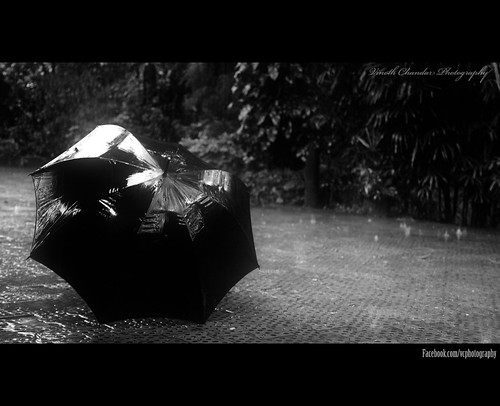


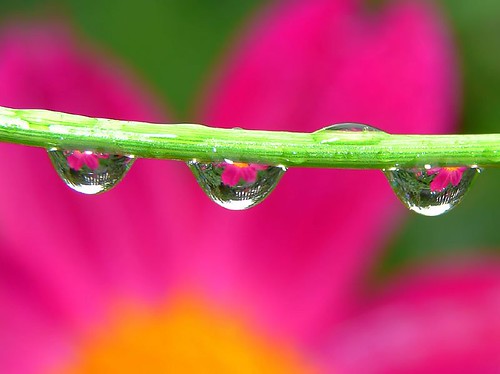




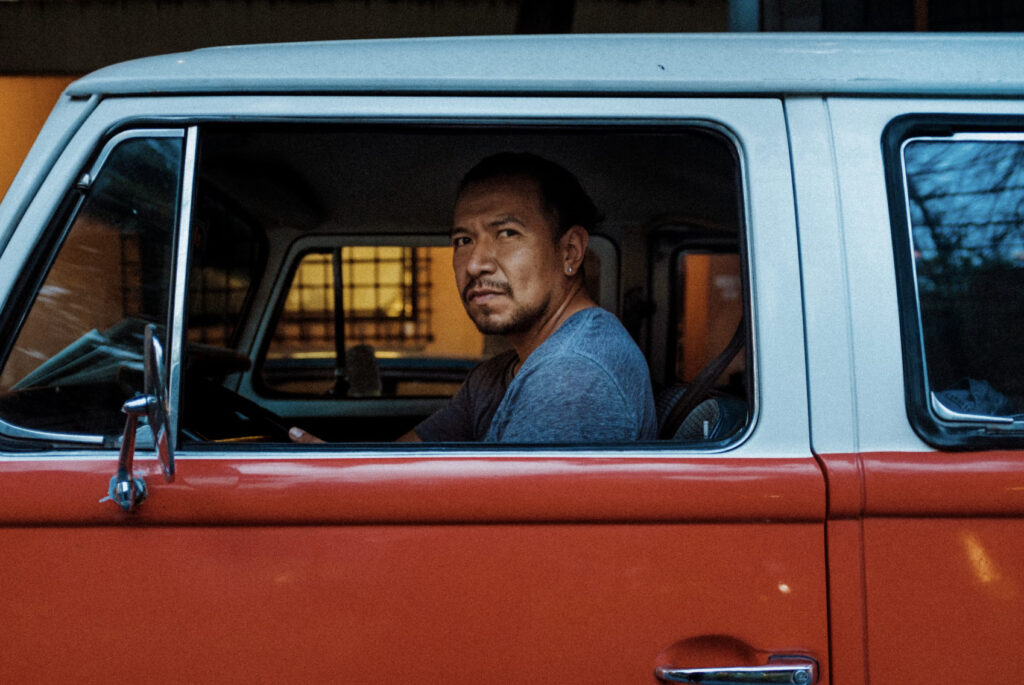
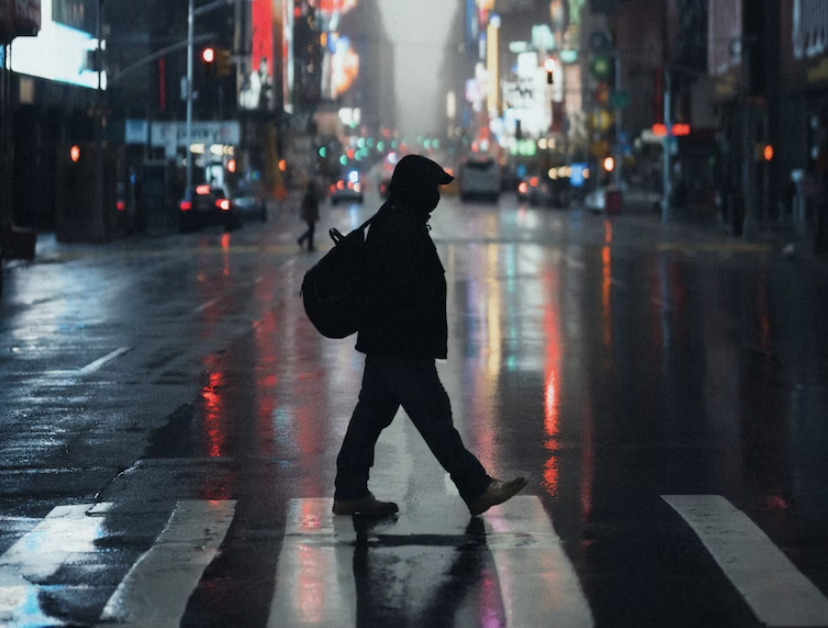
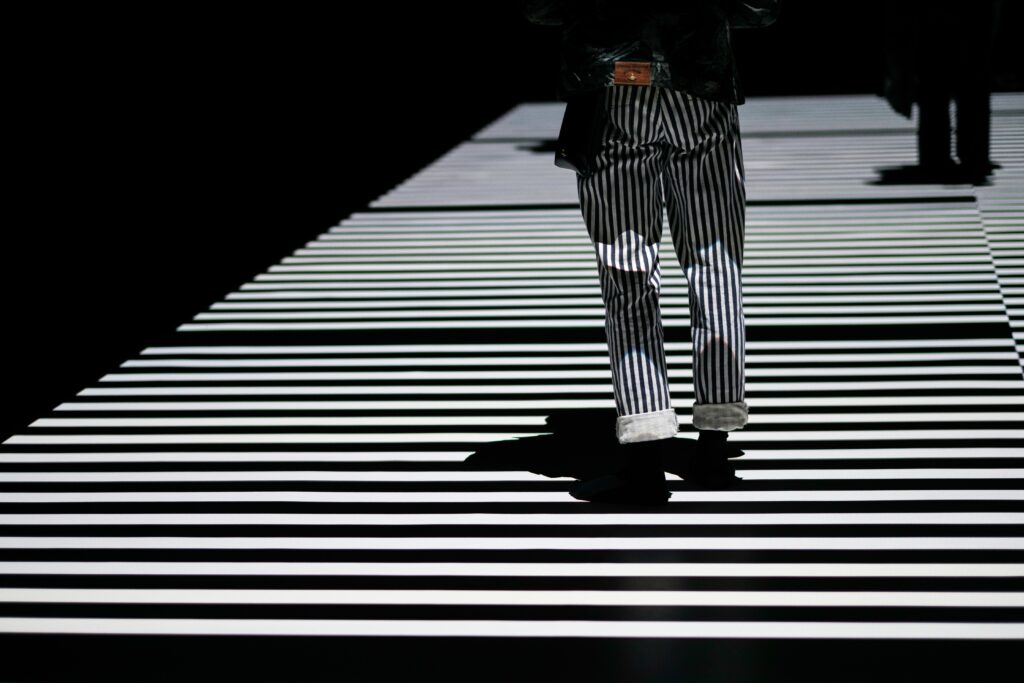
18 Comments
Great inspiration…Thanks, Jason!
Thanks for checking it out. Glad you enjoyed.
Wow – great article. I’ve always viewed rain from a “Rain rain go away, little Johnny wants to play” approach – but I’ll certainly be getting my gear out next time. It’s a pity I live in a dry country. 😉
Good advice, Jason.
I love to take pictures in the rain or rather shortly after. Iceland is a great country for that type of photography.
To protect the camera I use a shower cap, the simple type found in most hotel rooms.
I like your idea of the shower cap! I will keep that in mind for myself.
Well written. An informative piece with great example images.
Thank you for the interesting information.
Thanks a lot for the information. Never really looked at the rain from this perspective. Will certainly get the gear out next time 🙂
Really, Well written. Nice. 🙂 keep posting this type of good posts 🙂
Great information! Everybody loves to capture the moments of rain and this information will be helpful to capture the rain.
Yeah everyone loves dancing in rain and when it comes to rain day photography its some what special in everyone’s life and this blog is written in a very good manner and I really enjoyed reading it.
After watching your article & images now m missing rain, as it made me feel so good. Thanks for sharing Jason.
This is really very informational and wonderful blog thanks.
Very useful information about photography especially in rainy days. We should take care of our accessories during the shoot.
I always loved to shoot in the rain.
Beautifully described….loved it.
Loved it, but my personal favourite is Dark rain by kirainet. Just dont have words to describe how beautifully it was captured.
That’s a beautiful article. Thanks